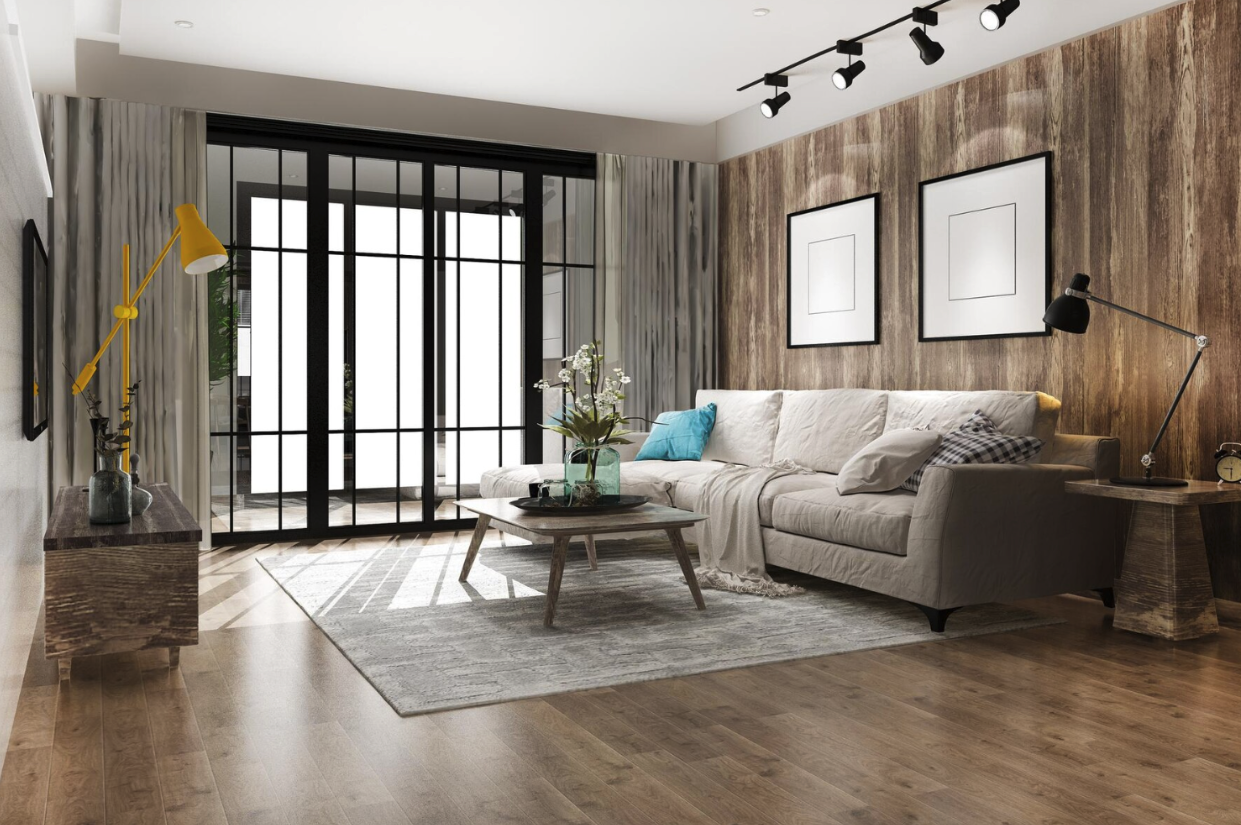
How to Reduce Echo in a Room
Echos are one of the most distracting things that can happen in a space. Some rooms are just more conducive to echos than others. While this may be acceptable for some spaces, studios, conference rooms, and other rooms may not be able to tolerate them. While echoes can be a nuisance, they can also be prevented.
Metal Form Manufacturing has noise mitigation solutions for even the most troublesome spaces.
Understanding Echos is Key
In order to reduce echos and make indoor spaces more enjoyable, it’s important to first understand how they’re created. Echos are fundamentally caused by sound waves bouncing off of hard surfaces. Every building is surrounded by hard surfaces in the form of walls, ceilings, and floors. Rooms with the worst echo problems are often glass rooms, empty rooms, or rooms with high ceilings. These rooms all create great conditions for echo because there is little in the way to absorb or dissipate sound.
Echos might not be such a problem if they weren’t so distracting. Rooms with echoes interfere with communication, clarity, and the overall sound quality. Whether in a boardroom, at dinner with friends, or recording audio for a podcast or video, echoes can become a real pain point.
Eliminating Echo
Once you understand echos and how they are formed, you can then figure out what to do about them. To keep sound from echoing, it must instead be absorbed or dissipated. Furnishings and soft goods are excellent at dissipating sound and preventing echos. Some of the most common and effective methods for reducing echo include:
Softening Surfaces
Soft materials absorb sound. Rooms full of hard surfaces are a recipe for distracting echos. Introducing soft surfaces to a room can have a transformational impact on the echos in that room. Rugs, curtains, upholstered furniture, and foam panels are all excellent at absorbing sound and can provide an aesthetic touch to the space as well. For designers, adding these soft touches is often a great first step in cutting down echos.
Absorption Panels
Sometimes adding soft surfaces to a room isn’t feasible or just simply isn’t enough. Absorption panels like the ones from Metal Form Manufacturing are designed to absorb sound and reduce echo. These panels are specially designed to transform sound energy into small amounts of heat energy. These panels can be mounted toward the ceiling or on the walls to provide surface area for sound absorption. Absorption panels are not only incredibly effective but aesthetically pleasing and can introduce design elements to a space.
Acoustical Panels
Speaking of hard surfaces that contribute to echo, ductwork and equipment can be a major contributor. A building’s HVAC system is composed in great part of metal, hard-sided boxes (ductwork) moving air through a building. Sounds picked up anywhere along the HVAC system will often echo all the way until the sound exits the supply vent along with the conditioned air. These echos can be just as annoying as ones generated inside the room.
Acoustical panels are an excellent way of quieting down the HVAC system. Acoustical panels have special foam encased in metal siding. These panels are designed to work in conjunction with ductwork to provide an opportunity to dissipate sounds traveling in the ductwork. Sound attenuators serve a similar purpose by providing opportunities to mitigate these noises as the sound travels. For buildings, this means supply vents that deliver conditioned air, not echos, to rooms throughout the building.
Tackling Tough Spaces
Some spaces require more consideration than others when it comes to cutting down on echos. Some of the most challenging spaces for echos are:
- Conference rooms
- Glass rooms
- Spaces with high ceilings
Conference rooms are unique in that they are places that can get quite loud with many people talking while still needing to provide people with the opportunity for intimate conversation. Most conference rooms are also pretty spartan with just a large table and chairs around it. These furnishings do not provide much opportunity for sound dissipation. For conference rooms, rugs and absorption panels are some of the best options for providing the right environment for sound.
Glass rooms also provide an interesting challenge for sound management. Glass is a very hard surface that is excellent at reflecting sound. It also makes for modern, stylish interiors. While the exceptional look of a glass room makes for great building interiors, steps must be made to keep echoes to a minimum. Adding soft furnishings here is just as critical as for conference rooms.
High ceiling rooms like churches, auditoriums, and gymnasiums can have problems with echo as well. Sound waves traveling in these environments can have a magnifying effect, resulting in annoying and distracting echoes for the people in those rooms. The key for these spaces is absorbing that sound. Soft furnishings are often not practical which is why absorption panels, often placed toward the ceiling, are an excellent choice. These panels convert sound waves into small amounts of heat as the sound waves collide with the panels. For the occupants, the space becomes much more enjoyable to be in.
Tackle Tough Rooms with Metal Form Manufacturing
Don’t let echos ruin your space. With the right steps, any room can be echo-free and enjoyable to be in. Reducing noise sources, dissipating sound, and absorbing echos can be easily implemented once you understand how echoes work. Working with trusted partners can make reducing echo in the most difficult rooms feasible.
Metal Form Manufacturing’s commitment to producing high-quality acoustical products designed for reducing echo and managing sound in challenging spaces is what sets us apart in the industry. Our experience in providing acoustical solutions for commercial building projects, studios, and specialized environments like glass rooms has given us the knowledge to solve the trickiest of setups.
For help reducing echo in any of your spaces, reach out to the noise mitigation experts at Metal Form Manufacturing today.
